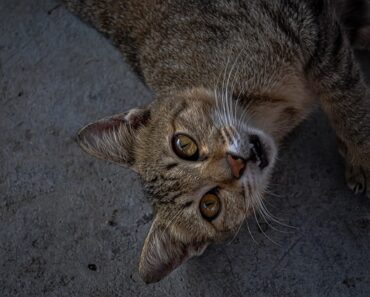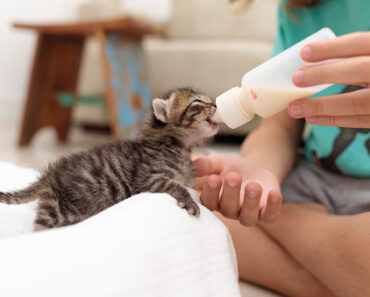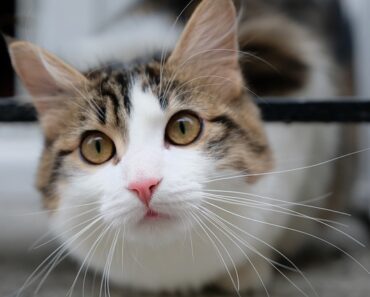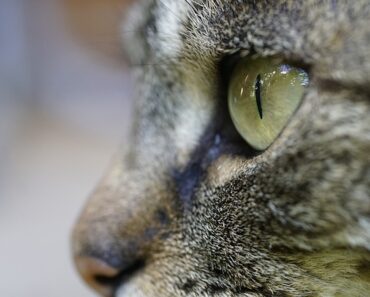If the use of natural products is nowadays more and more popular for humans, it is the same for pets. In particular, we see the appearance of organic and natural foods, or the emergence of care products and antiparasitics based on natural active ingredients. But what is the use and effectiveness of these products? What distinguishes them from classic antiparasitic treatments?
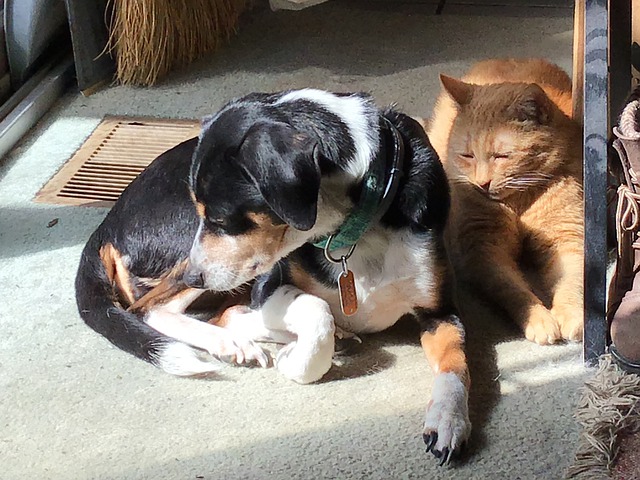
Natural antiparasitics and classic antiparasitics: what are the differences?
In the same way as classic antiparasitic treatments, natural products are available in the same forms: collar, pipette, spray, tablet or powder.
The molecules of traditional anti-parasite products, such as imidacloprid, fipronil or permethrin, are known as insecticides and have the effect of rapidly killing adult parasites already present on the animal. Depending on the composition of the product, it can also treat the direct environment of the dog and cat by acting on all stages of development of parasites: larvae, eggs or pupae.
As for the natural molecules such as Lavandin, Geraniol or Margosa, they have an insect repellent effect, i.e. repulsive to parasites. They are therefore often used as prevention, but not as treatment for animals already infected.
Why use natural antiparasitics?
The use of natural antiparasitics is particularly recommended for the following cases:
- As prevention before the beginning of the parasite season: In the spring, the beautiful days return and so do the external parasites! Treating your pet with a natural product with a repellent effect at this time can be interesting to avoid a massive infestation during the peak of the parasite season.
- As an alternative to chemical molecules: if treating your pet with these types of compounds is a problem, you can use natural solutions. But, be careful, their efficiency is different and their use is not very adapted during heavy infestation.
- To treat sensitive animals: some dogs or cats can have undesirable reactions to the chemical molecules that make up classic anti-parasite products. Using natural molecules can therefore be an interesting solution in these cases.
- To protect an indoor cat: the risk of contamination by external parasites is limited if an animal does not have access to the outside. Using a protection based on natural active ingredients can then be sufficient, except in case of particularly aggressive season.

